Category: State
-
Jennifer Konfrst elected as minority leader of Iowa House
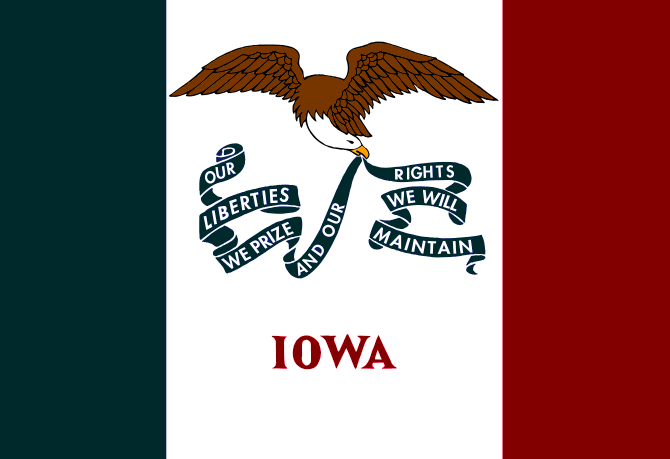
Democrats in the Iowa House of Representatives selected Rep. Jennifer Konfrst (D-43) as the new House minority leader on June 14. Konfrst replaces Rep. Todd Prichard (D-52), who announced on June 2 that he would be stepping down as minority leader. Konfrst is the first woman to lead the Iowa House Democrats. “I’m honored to earn…
-
Reviewing government responses to the coronavirus pandemic from one year ago this week

Although the first case of COVID-19 in the U.S. was confirmed on Jan. 21, 2020, it wasn’t until March when the novel coronavirus upended life for most Americans. Throughout the year, states issued stay-at-home orders, closed schools, restricted travel, issued mask mandates, and changed election dates. Here are the policy changes that happened June 22-26,…
-
Maine voters to decide ballot initiative on electric transmission corridor through state’s Upper Kennebec Region
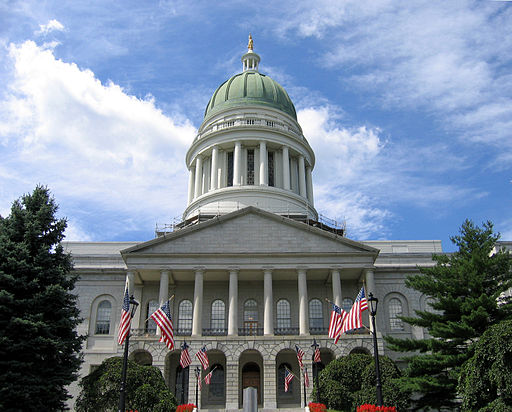
On November 2, 2021, voters in Maine will decide a ballot initiative to prohibit the construction of electric transmission lines in the Upper Kennebec Region, including the New England Clean Energy Connect (NECEC), which began construction in the region on May 13. The ballot initiative would also require a two-thirds vote of each state legislative…
-
Ohio House of Representatives expels former speaker Larry Householder

The Ohio House of Representatives voted 75-21 on June 16 to expel former House Speaker Larry Householder (R). Householder was arrested on July 21, 2020, and charged with conspiracy to participate in a racketeering scheme. He allegedly participated in a $60 million bribery case related to the legislative passage of a $1.5 billion funding bill…
-
Vermont ends statewide face-covering requirement

One state ended statewide public mask requirements for vaccinated and unvaccinated people between June 12-17. Vermont Governor Phil Scott (R) lifted all remaining coronavirus restrictions in the state, including capacity restrictions and mask requirements for unvaccinated individuals on June 14. Masks are still required in health care settings, in long-term care facilities, on public transportation,…
-
Voters in Alabama state House district to decide Democratic primary runoff on June 22
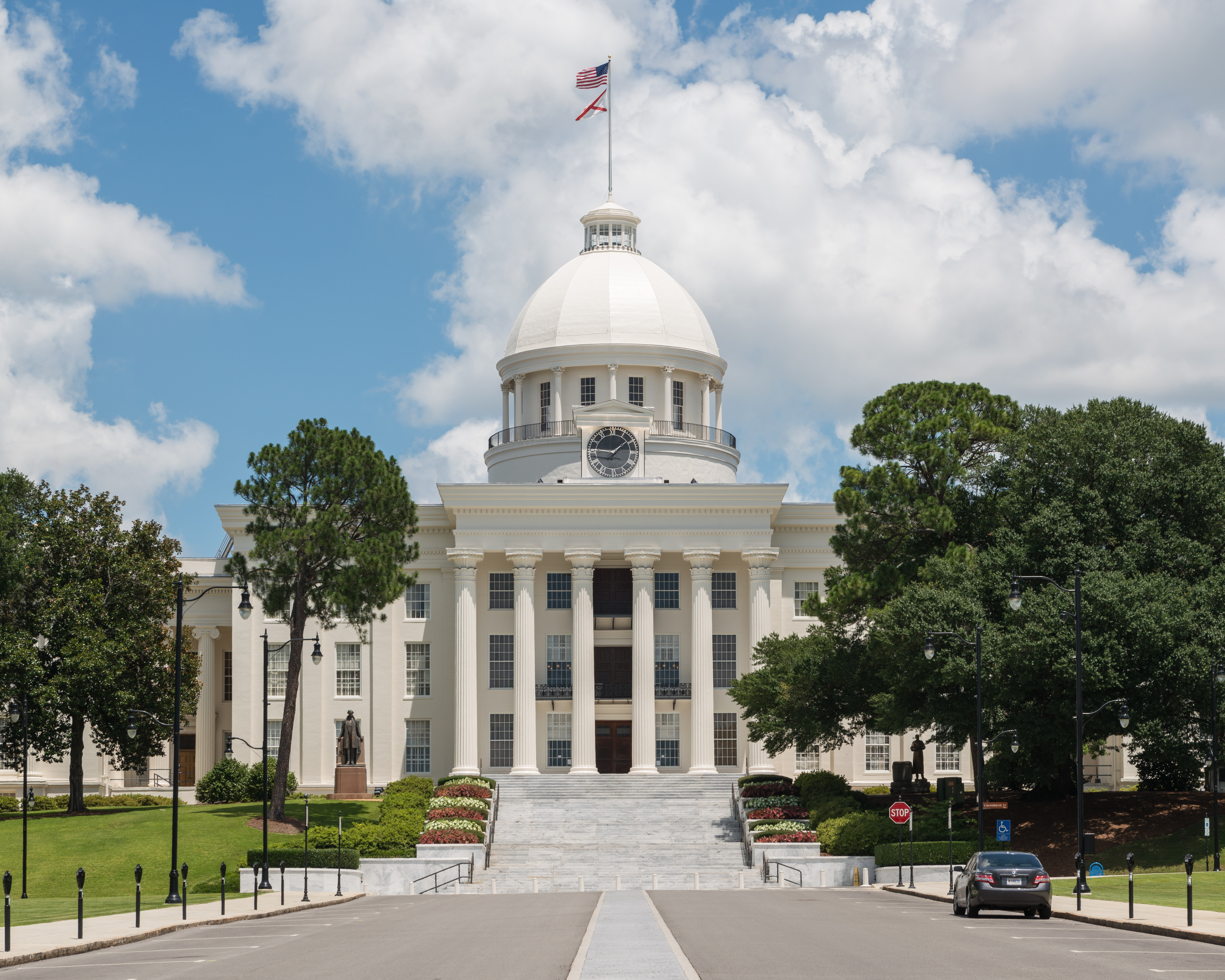
A special Democratic primary runoff will be held on June 22 for District 78 in the Alabama House of Representatives. Kenyatté Hassell and Donald Williams advanced to the Democratic primary runoff after defeating Terance Dawson and Roderick Thornton in the May 25 primary. The winner of the runoff will face Loretta Grant (R) in the…
-
Roundup of lawsuits against Illinois’ newly-adopted redistricting plans
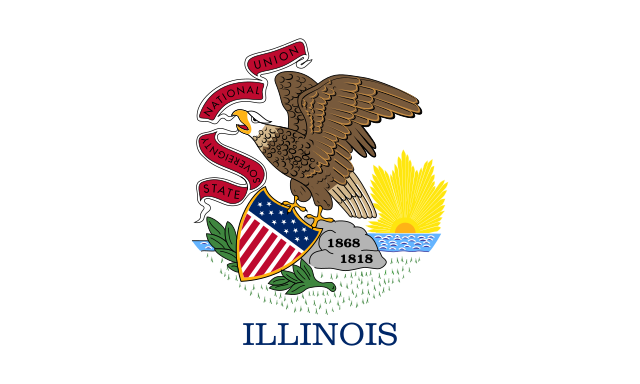
As of June 16, two lawsuits have been filed in the United States District Court for the Northern District of Illinois-Eastern Division challenging the state legislative maps signed that Illinois Governor J.B. Pritzker (D) signed into law on June 4, 2010. Both complaints focus on the Illinois Legislature’s use of data from the American Community…
-
Redistricting review: Georgia, Maryland, and Michigan hold public redistricting hearings
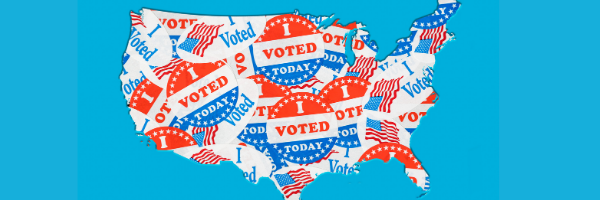
Redistricting authorities in at least three states held hearings about their respective redistricting processes in the past week. Here’s a roundup. Georgia: Last week, Georgia lawmakers announced a schedule for public redistricting hearings, the first of which took place virtually on June 15. Ten more public hearings are scheduled, with the next taking place in…
-
Two Georgia state legislative special elections advance to July 13 runoffs
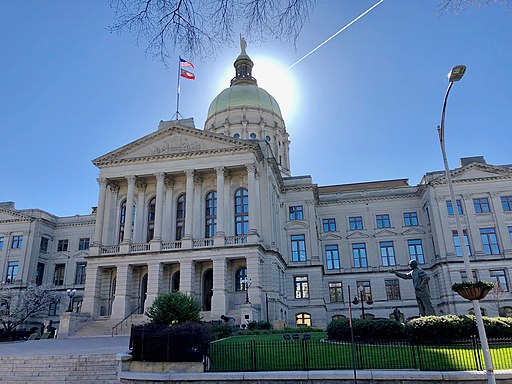
A special general election was held for Georgia House of Representatives Districts 34 and 156 on June 15. In District 34, Priscilla Smith (D) and Devan Seabaugh (R) advanced to the general runoff and defeated Sam Hensley Jr. (D), David Blinkhorn (R), and Chris Neill (L). In District 156, Leesa Hagan (R) and Wally Sapp…

